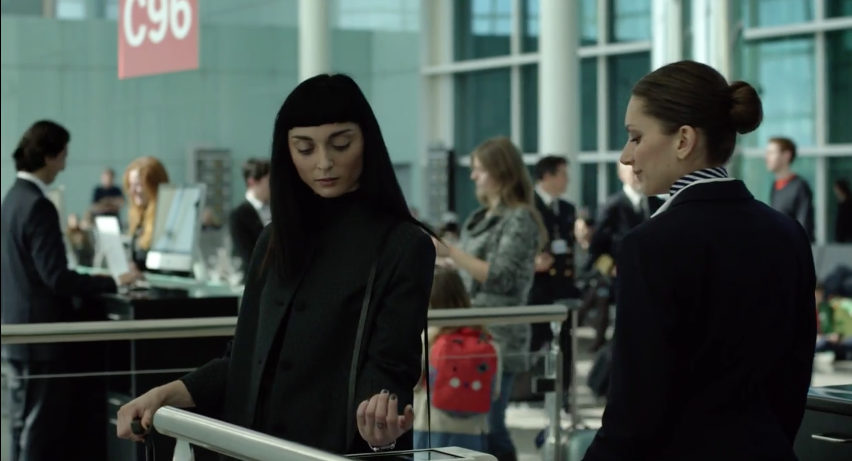
Apple Watch And The Outside World
I’ve spent the past few weeks doing some traveling up and down the East Coast where much of my family lives, and in that time I’ve come to realize that the success of Apple Watch will depend as much on the outside world adopting certain technologies as it will depend on Apple actually making the Watch better.
Apple refining its hardware and making the Watch faster, thinner, and so on is a very important thing, but it’s not the most important thing. Instead, for Apple Watch to truly “get better,” the wide-scale adoption of Apple Pay, HomeKit and other authentication services is going to matter much more.
Take, for example, when I checked into my Southwest flight online to reserve my place on line. Yet when I got to the airport, I still had to manually enter my confirmation number to check in my bags. This is a use case where I can imagine PassPort allowing me to simply scan my Watch and automatically allow the network know who I am and what I plan to check in. It’s a small thing, but when you have two bags, having to take out your phone, search for your confirmation number, and then enter it while 50 other people are waiting behind you can be a bit annoying (for everyone). Of course, this is not something Apple can fully control. The technology is there, but Southwest has yet to implement it well. It’s like the early days of ordering pizza on the Internet: You could select your pie and toppings and punch in your address, but you still had to pay the delivery man when he brought the food to your house. The eCommerce angle took time to catch up.
Another inconvenience I encountered was while was taking the D.C. Metro. I had to manually go to a machine, price out exactly how much my fare would cost, scan my credit card, wait for the card to print, and then feed it back into the machine to let me in. Because I hadn’t had to struggle through this convoluted process in nearly seven years, I had forgotten how to do it, and I missed my train. I was two seconds away from summoning an Uber car because that process has become so much easier, but I decided to suck it up and try again. Luckily, another train came about 10 minutes later. Still, seeing thousands of people doing the same thing made me realize that if you could simply scan your wrist to pay and get on-board, such would result in a much more efficient and hassle-free experience. Again, this isn’t something Apple can control. They can push for it, but it’s up to the D.C. Metro Authority to push it through.
Fortunately, some aspects of social automation are moving along at a faster clip than others. Where I have seen substantial growth is in the area of Apple Pay. While I was traveling, I was able to purchase multiple items with just my wrist. Trader Joes, Macy’s, Dick’s, and others all accepted Apple Pay, and each time I used it, I realized how great it is to not have to take out my wallet. Every time I used the service, it worked perfectly, and I can honestly say that it makes life just a little bit better every time I save those couple of seconds. It’s not even that those seconds add up to anything substantial, either. It’s just that efficiency makes me happy, whereas redundancy does not.
The more I think about it, the more I know that that’s what it’s going to take for people to be seriously sold on the Apple Watch. Sure, it’s awesome for working out and getting quick notifications (and it’s the best-looking smartwatch on the market by a wide margin), but people are only going to fully appreciate this thing when they’re finally able to consistently use it to pay for and authenticate the goods and services they rely on in real life.
It isn’t enough for its creators and wearers to want the Watch to succeed. Businesses above all else will need to spearhead its adoption. And the key for Apple will be in figuring out just how to make it worth those businesses’ time.